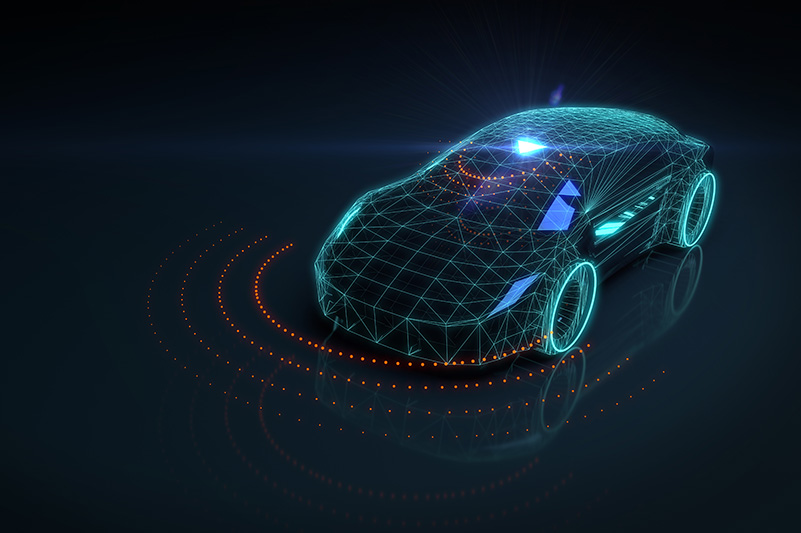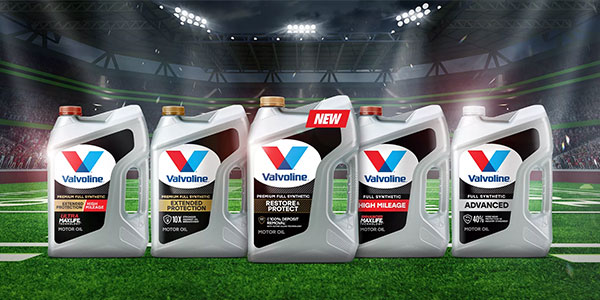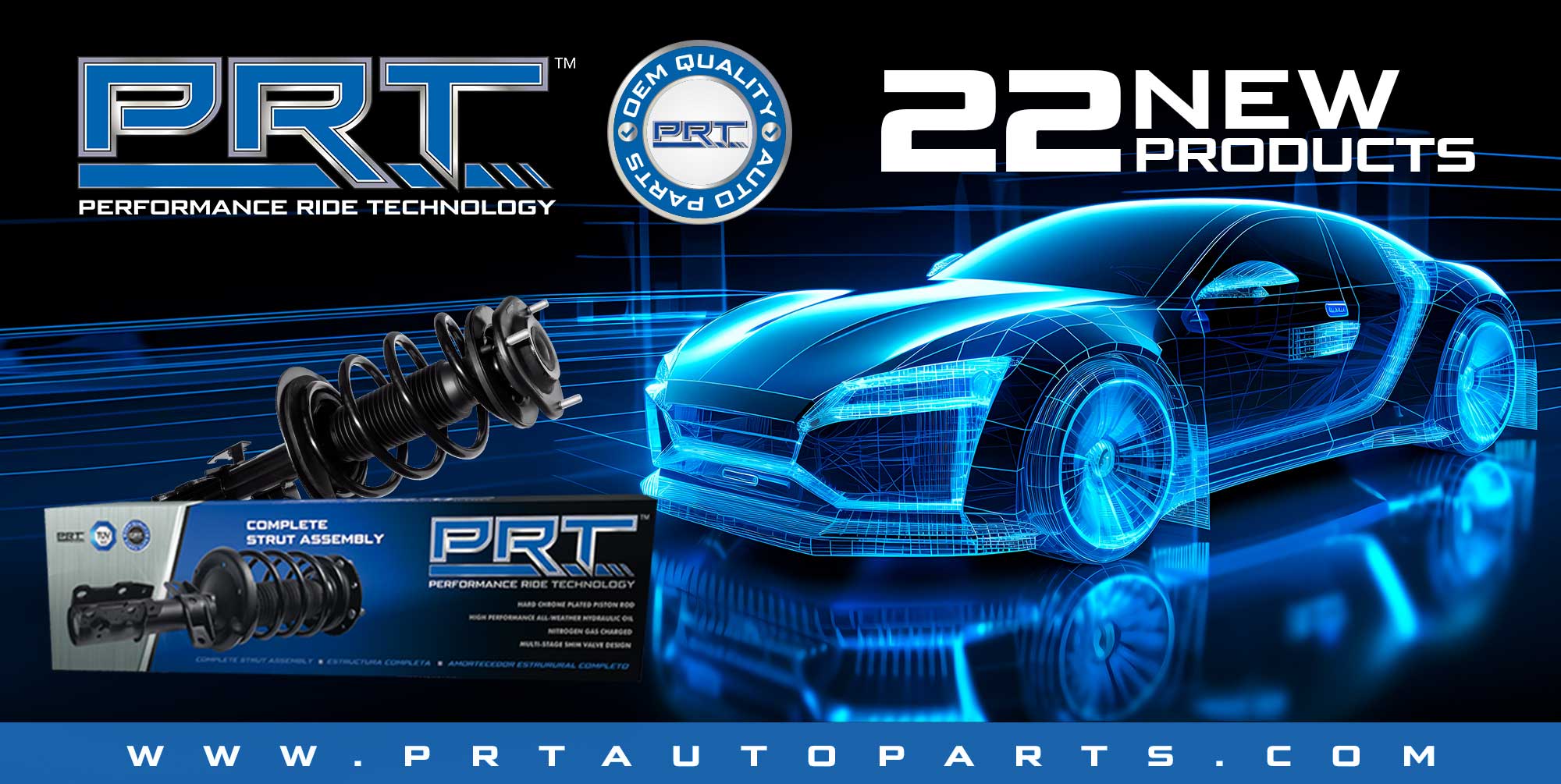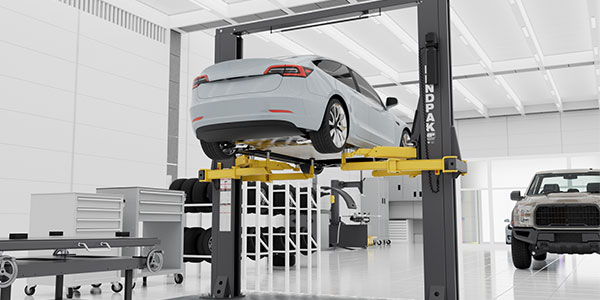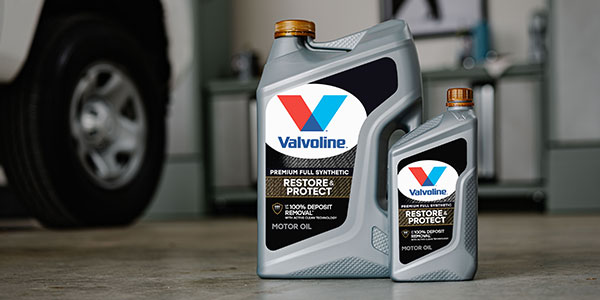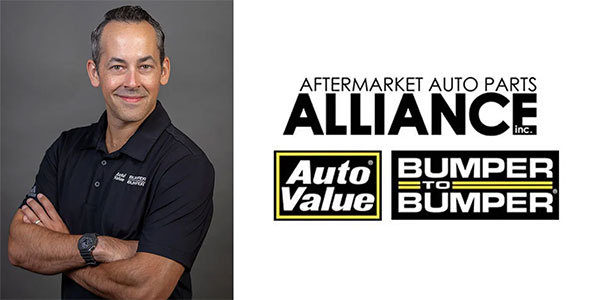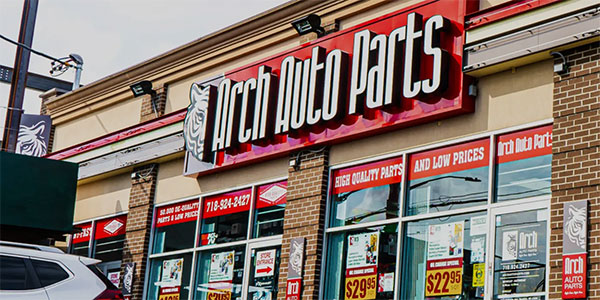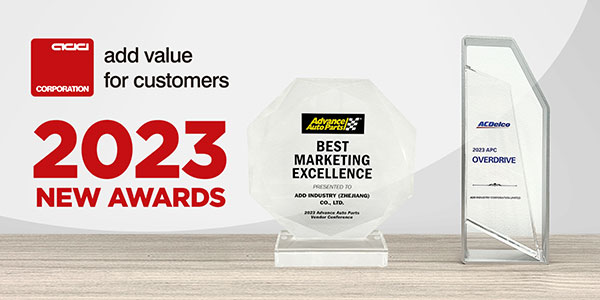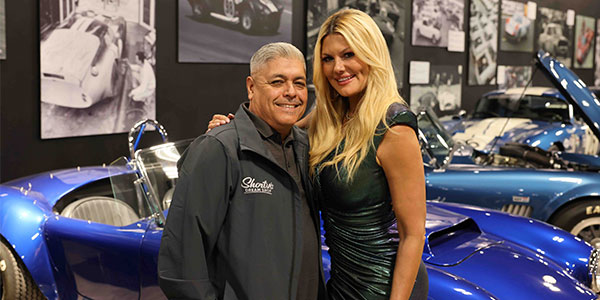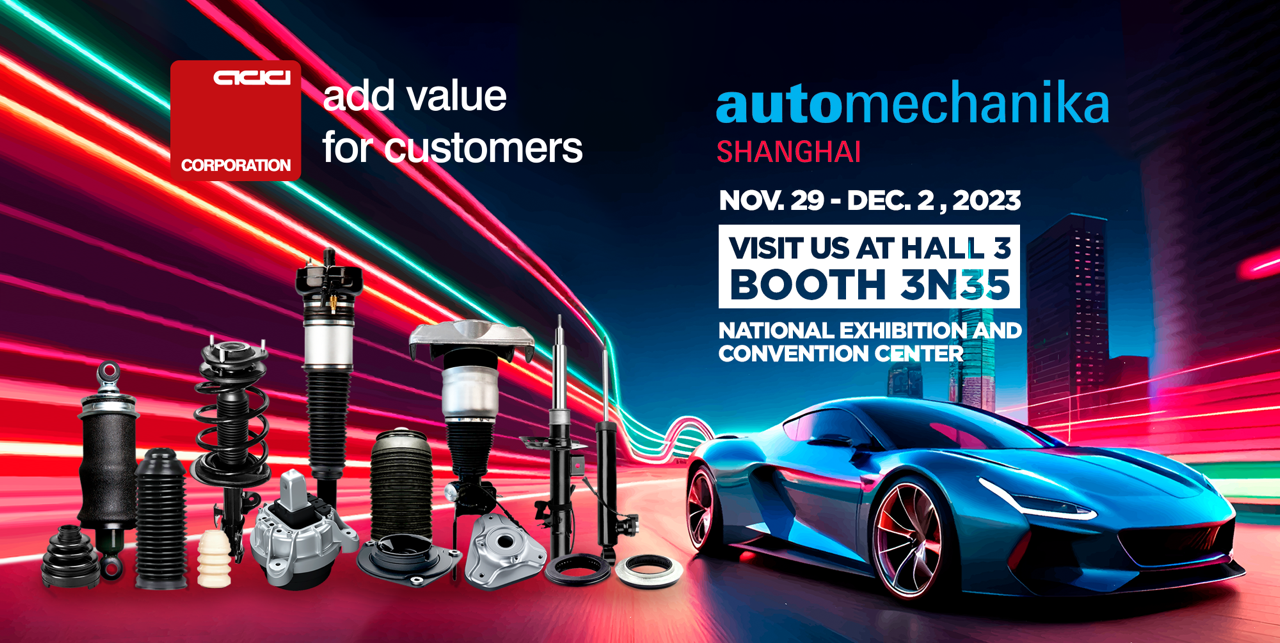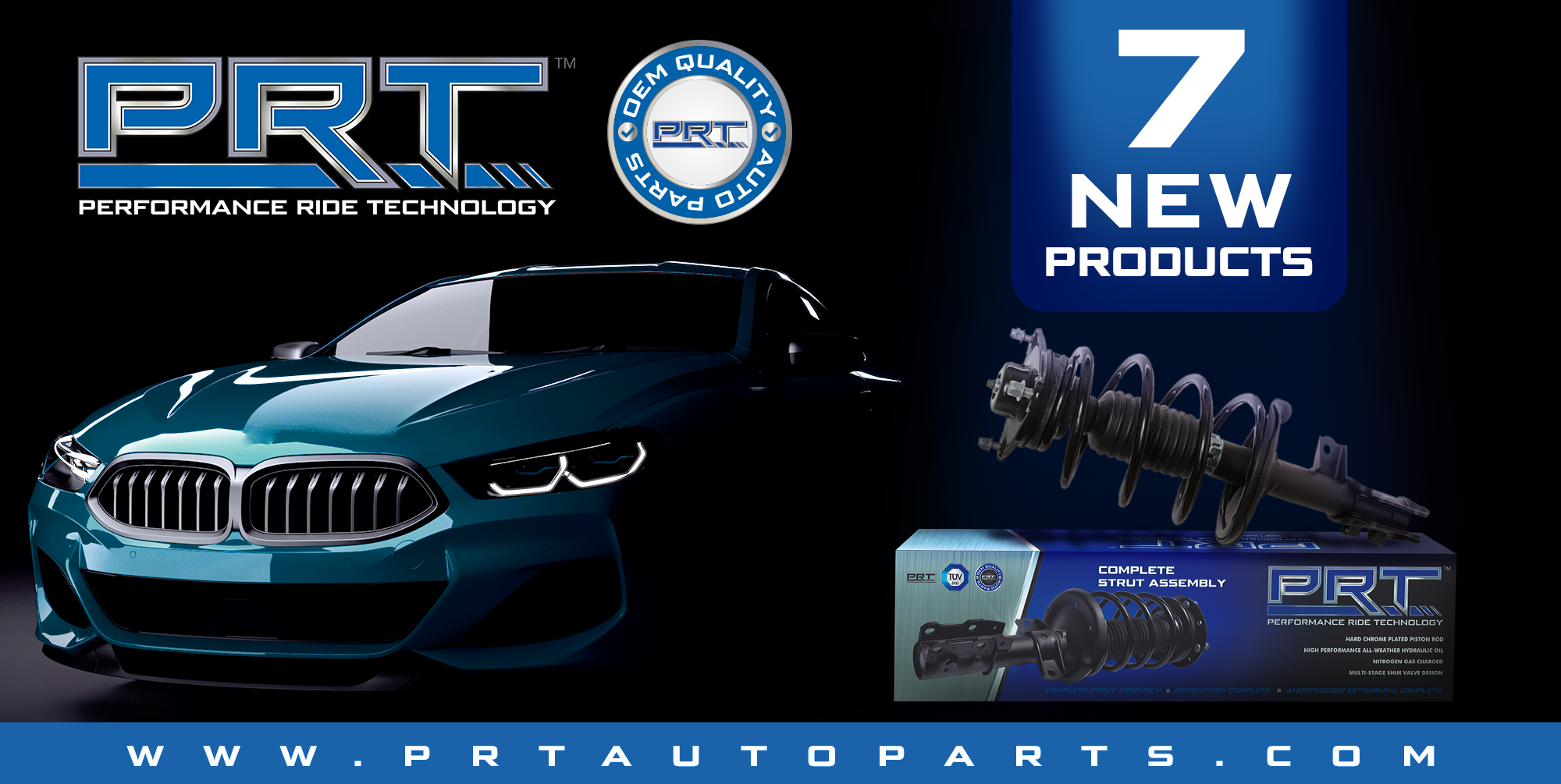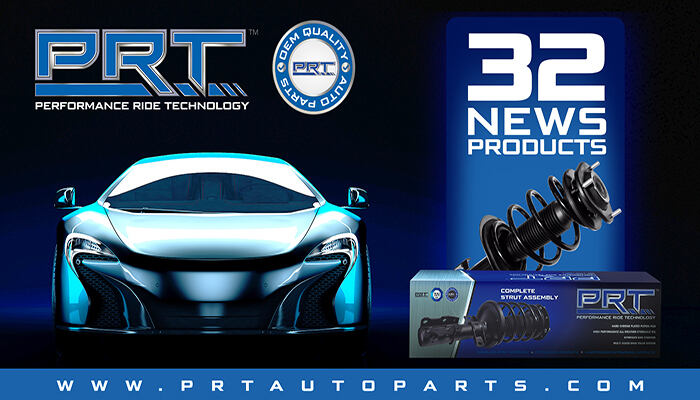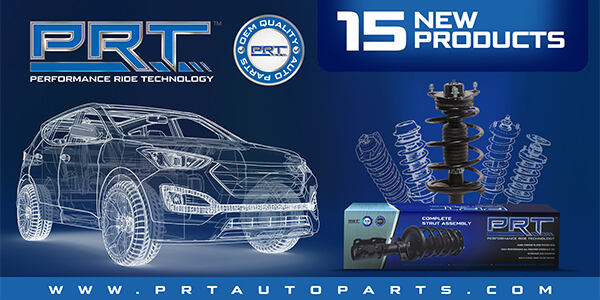Major advances in technology can result in massive problems for businesses and consumers via unintended consequences. Unfortunately, a number of carwash operators have learned this lesson the hard way. A recent round of wash problems can be directly traced to the updated safety technology added to newer vehicles. Many wash owners are now intimately familiar with tunnel loading problems and damage scenarios caused by the latest vehicle safety additions.
Related: Common auto damage carwash culprits
Car care businesses of all sizes have had to learn how to deal with this new technology, including particularly troublesome automated braking systems. And, as these systems and others will become more widespread, technology may cause additional problems for washes in the future. Thus, it is now more important than ever for carwash owners to be educated and vigilant when working with the newest generations of cutting-edge vehicle technology.
Creating problems
Richard Johnson, business unit integration and product manager with DRB Systems, cites a recent study by AAA that reported most drivers do not fully understand the safety features of their own vehicles. Therefore, the onus is on the carwash operator to be prepared and aware to ensure site safety. This creates an extremely difficult situation for carwash owners, as new features are being added to vehicles nearly every day — sometimes through regular software updates.
“The new technologies that automakers have released to keep us safe on the road have created significant threats to safety in the carwash,” Johnson continues. “Automatic braking and collision detection features help drivers avoid driving into obstructions and pedestrians, but in the carwash those same features can quickly make a vehicle hop a roller and cause multi-car pileups.”
There are many variables regarding new vehicle technology that create havoc for carwash operators, notes David Snyder, risk management safety specialist with McNeil & Co. The issues start with new government regulations instituted to make vehicles and highway travel safer.
Another factor is the public’s love for technology and gadgetry in all aspects of life. Automakers that want to blaze a trail to the top are creating a “technology overload,” and carwashes must now deal with electric cars, hybrid cars, mini cars, sedans, SUVs and many sizes of trucks and vans driving alongside high-end luxury vehicles.
With the surge in technology trouble seen recently, Craig Fitzgerald, content marketing and publication manager at BestRide.com, thinks that auto manufacturers are now aware of these issues. That said, one of the problems with new vehicle technologies is that every manufacturer wants to “fail first” by introducing this type of technology to the marketplace as quickly as possible.
“That’s what you do when you’re a technology company, but it’s sort of gotten out ahead of practical ownership in a lot of ways,” Fitzgerald explains. “I think the technology — if you look at the data — automatic emergency braking alone has reduced crashes on the highway by about 14 percent, which is pretty significant. So, the technology works. It’s just in these odd, practical applications that they need to figure out how the technology is going to work. And, I think they’re getting better at it.”
Troublesome systems
Snyder lists some of the technologies as well as systems that could create issues for carwash operators, including:
- Forward collision warning with active braking
- Anti-theft systems
- Automatic wipers
- Auto start/stop features that shut down the vehicle when it stops and idles for a period of time.
“Another big issue faced with some newer vehicles is keeping the vehicle in neutral while it is running,” Snyder says. “If it goes into park going down a traditional conveyor, we all know this can create a pileup in the tunnel.”
A big technology issue Fitzgerald highlights with new vehicles actually creates problems when entering a wash tunnel. Here, the advanced safety technology will apply the vehicle’s brakes automatically, thinking it has entered into an emergency situation. Anything within a certain proximity of the vehicle triggers these systems, and they are going to sense items in the carwash entrance and tunnel and apply the brakes fully.
“It’s not necessarily that the vehicle gets inside the tunnel and collides with another vehicle — it’s usually that it gets to the mouth of the tunnel, and it won’t move,” Fitzgerald states. “The brakes fully apply, you’ve got the vehicle in neutral, and the vehicle just simply won’t move. I think it’s more a major inconvenience for both carwash owners and for car owners. The owners are completely unaware that it’s going to happen until it does.”
Another potential wash issue is specific to the high-tech auto brand Tesla. Johnson points out that the activated driver’s side pressure sensor monitors if anyone is in the driver’s seat to ensure that drivers do not operate the vehicle unattended in “Enhanced Autopilot” mode. The unintended side effect of the Tesla sensor is that drivers who lift off the seat to grab their wallet in the carwash can trigger the emergency parking system and potentially trigger an expensive collision.
Other culprits
Unfortunately, carwash tunnel collisions have been on the rise, and technology is only part of the reason why. Johnson notes that as more customers stay in their vehicles and go through washes, it opens up the opportunity for increased instances of human error. Even considering the technology issues, the majority of collisions are caused by drivers who do not follow the basic load-on guidelines — put in neutral, hands off the wheel and foot off the brake.
Higher car counts and traffic are definitely important considerations. Due to Snyder’s experience with operators, manufacturers and carwash associations, he is comfortable stating that tunnel collisions have increased based, in part, on the higher car counts operators are seeing. This factor is important in addition to the issues stemming from new technology as the number of express-style carwashes continues to increase because operators are looking to reduce staffing.
“With an express wash, the customers remain in control of their vehicles while going through the wash instead of a trained employee, which increases the potential for an incident,” Snyder says. Different technology may be a culprit here as drivers are on their cellphones or fiddling with things in the vehicle when they should be paying attention to directions or their surroundings. These types of issues may increase as the popularity of membership and unlimited wash programs continues to grow as well.
“Staff may need to assist many customers who remain in the vehicle while going through the wash,” Snyder continues. “Even though so many people love technology and want certain safety features on a vehicle, it does not mean they will always know how to operate them when changes need to happen.”
Solving problems
There are some auto manufacturers that have helped the carwash industry by adding a carwash mode into these technology systems to reduce accidents, according to Snyder. However, knowing when this feature is available and on what vehicles is the challenge with so many different models on the road. Ideally, the auto industry will work to produce smarter vehicles that are capable of both protecting drivers on the road and protecting vehicles in a carwash. The simplest solution would be the addition of a “wash” button to all vehicles with the added safety features.
Still, many problems are mostly a human error issue. In order to make carwashes as safe as possible, operators and managers cannot wait for all vehicles to get smarter; instead, owners should make their washes smarter. Today, with the same technology used in vehicle safety systems — cameras, sensors, computer vision, computer learning and dedicated hardware — a smarter wash tunnel can be built. These types of carwash systems can monitor vehicle location, and when a threat is detected, they automatically stop the conveyor to prevent collisions.
Snyder stresses that there are several steps to address wash safety issues, and all of them have proven to be equally important. The first is the quality of the staff that is hired for key positions. This includes the need for greeters and loaders who have the ability to screen the vehicles coming in, often at a high pace. Next is understanding the new vehicle technology that is available. An operator should look at appointing someone who is committed to researching new vehicle technology as updated vehicles are hitting the streets.
“Knowing the types of vehicles you frequently see will help in this research,” Snyder says. “There are also tools available online beyond the manufacturers’ websites. For example, the International Carwash Association’s (ICA) website has a lot of this information on most of the current vehicles found on the roads.”1
Fitzgerald agrees, noting that the ICA has done an exceptional job of communicating common issues with different vehicles. Yet, the issue is that every single year, new technology is introduced, or there are changes in how the technology works. So, the ICA has had to go through the information to provide a manual on how to get the systems to work properly.
Auto technology is going to continue to evolve, and it’s the operator’s job to ensure continued vigilance and the practice of good communication with staff through ongoing training.
Thomas Hawkins is a freelance contributor.
Source:
1www.carwash.org/docs/default-source/vehicle-handling/special-needs-vehicles—2015.pdf?sfvrsn=6&sfvrsn=6

